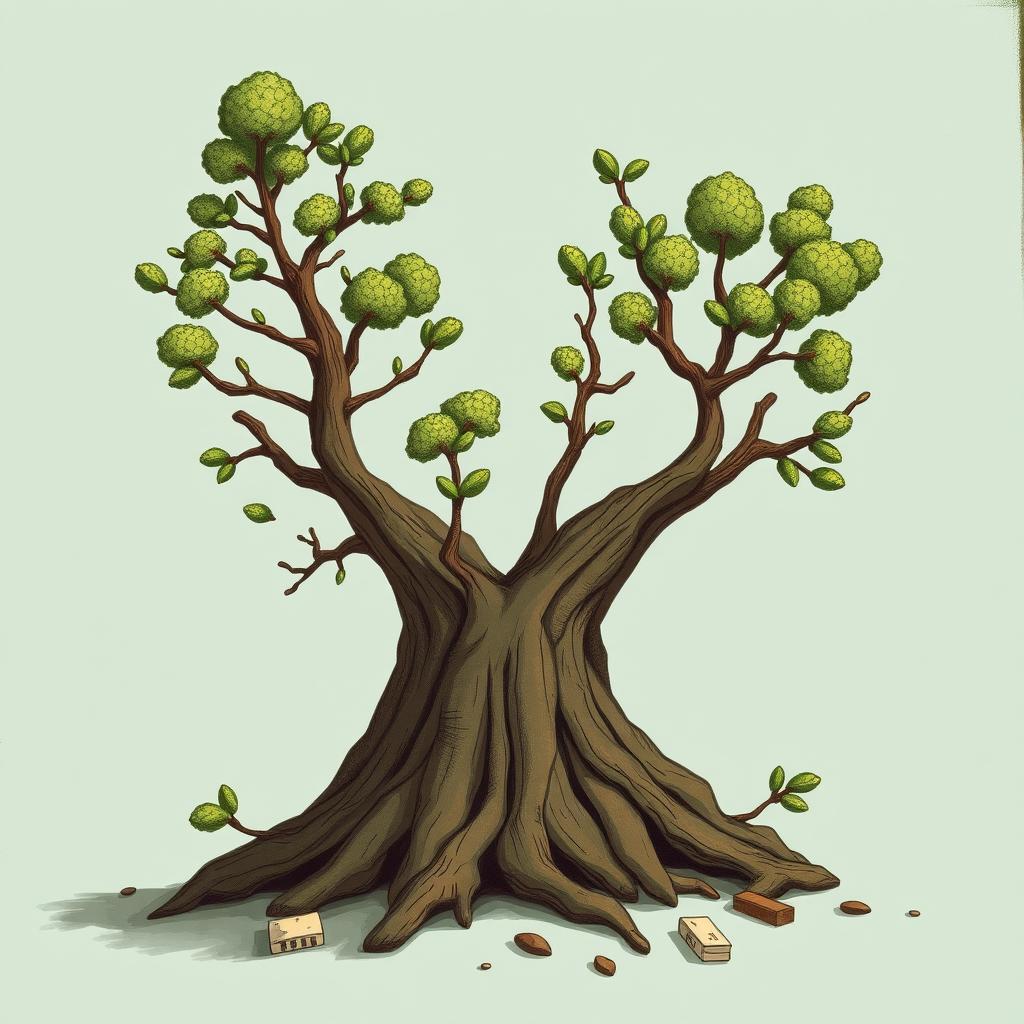The Power of Nonlinear Narratives in Digital Storytelling
Estimated reading time: 8 minutes
- Nonlinear narratives foster greater audience engagement and interactivity.
- Exploring different perspectives enriches the storytelling experience.
- Replayability enhances user experiences through diverse outcomes.
- Mastering nonlinear techniques elevates storytelling effectiveness.
- Digital content creation benefits from an understanding of audience dynamics.
Table of Contents:
Introduction
In the ever-evolving landscape of digital storytelling, the notion of choice is no mere illusion; it’s a profound opportunity waiting to be seized. Nonlinear writing has emerged not merely as a stylistic choice but as a critical method that demands both creative and technical innovation. Contrary to traditional linear narratives that might present stories in a sequential, straightforward manner, nonlinear narratives introduce complexity and interactivity that fundamentally restructure how stories are experienced. The challenge here isn’t just to craft a story; it’s to create an immersive journey that invites audiences to co-create and engage with the material in dynamic ways.
Imagine traditional storytelling as a straight line—clear and predictable. Now consider nonlinear narratives as vibrant, branching pathways where every twist and turn offers new insights, perspectives, and experiences. The growing demand from audiences for richer, more engaging content means that writers and creators must recalibrate their approaches. They must sculpt stories that break free from the confines of linearity and embrace the multifaceted nature of human experience—just as our memories often do.
But how can writers and creators navigate this complex terrain? The answer requires a profound understanding of audience engagement, the technicalities behind crafting nonlinear narratives, and the emotional resonance they can foster. We at professionalizeitto.me believe that mastering these techniques will not only elevate your storytelling capabilities but also open doors to immersive experiences that enthrall your audiences.
Let’s dive deeper into the world of nonlinear storytelling, explore its attributes and advantages, and arm you with the best practices to adopt in your own narrative creation.
Examples and Templates
As we explore nonlinear narratives, it’s essential to highlight the key attributes and advantages that set them apart from traditional storytelling methods. Here are some powerful examples and actionable guidelines to get you started on mastering nonlinear writing:
1. Elevated Audience Engagement and Agency
Example: Telltale Games’ The Walking Dead
In this interactive game, player choices significantly impact character relationships and plot direction. Here, players don’t just experience the story; they actively shape it.
Templates/Guidelines:
- Create Decision Points: Introduce moments within your narrative where the audience must make a choice.
- Map Consequences: Ensure that each choice leads to tangible outcomes, affecting character arcs or plot developments.
- Feedback Mechanism: Reinforce choices with visual or narrative cues that allow the audience to see the impact of their decisions.
2. Exploration of Multifaceted Perspectives and Realities
Example: Akira Kurosawa’s Rashomon
This film showcases a single event through multiple perspectives, forcing the audience to navigate contradictory truths.
Templates/Guidelines:
- Diverse Narrative Pathways: Craft segments of your narrative that present different points of view.
- Incorporate Flashbacks or Alternate Scenes: Use creative devices to reveal the backstories of characters involved in a central event.
- Encourage Audience Interpretation: Allow for open-ended conclusions where the audience can develop their own understanding based on the information provided.
3. Amplified Replayability and Tailored Experiences
Example: Detroit: Become Human
This game invites players to explore different storylines in multiple playthroughs, each yielding unique endings.
Templates/Guidelines:
- Create Branches in Your Storyline: Design multiple endings based on varying choices—consider using a flowchart mapping tool for visualization.
- User Testing: Conduct playtests or feedback sessions to gauge which narratives resonate most and refine based on audience input.
- Encourage Exploration: Include Easter eggs or hidden paths that reward players for deep exploration.
Next Steps
Ready to delve deeper into nonlinear storytelling? At professionalizeitto.me, our innovative tools and resources can guide you toward mastering professional communication and storytelling techniques. To start:
- Subscribe to Our Newsletter: Stay updated with the latest insights and tips straight to your inbox.
- Book a Consultation: Get personalized advice and support tailored to your specific needs and objectives.
- Access Premium Resources: Explore in-depth guides and templates designed to enhance your storytelling prowess.
By taking the next step, you can transform your approach to storytelling, elevating it to engaging and impactful levels.
Conclusion
Nonlinear narratives are not just a fleeting trend; they represent a significant shift in the approach to storytelling, requiring an intricate balance of structure, creativity, and emotional engagement. Embracing nonlinearity demands a willingness to challenge traditional norms and empower your audience through meaningful choices and experiences.
In a world where digital content is abundant and competition is fierce, storytelling is a crucial differentiator. By integrating nonlinear techniques, you can elevate your storytelling efforts, making them not only more engaging but also resonant on a deeper human level.
Are you prepared to embark on this exciting journey into the world of nonlinear narrative? Let us help you navigate this terrain. Visit professionalizeitto.me today and unlock your storytelling potential.
FAQ
What are nonlinear narratives?
Nonlinear narratives are storytelling techniques that do not follow a chronological sequence, allowing for multiple paths and perspectives to enhance audience interaction and engagement.
How can I integrate nonlinear storytelling into my work?
You can integrate nonlinear storytelling by creating decision points, employing multiple perspectives, and designing paths that encourage exploration and replayability.
What are some tools for crafting nonlinear narratives?
Consider using narrative design tools, flowchart mapping tools, and game engines that facilitate branching storylines to craft your nonlinear narratives.
Where can I learn more about nonlinear storytelling?
Visit professionalizeitto.me for resources, guides, and consultations related to nonlinear storytelling.

